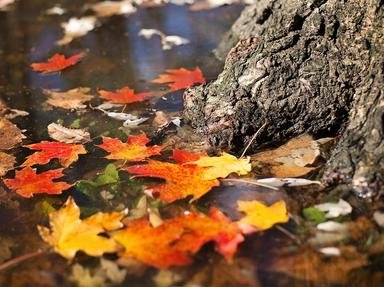Quiz Answer Key and Fun Facts
1. Which Viking god is believed to have been the original Father Christmas?
2. What did the Vikings call the celebration that took place during the winter solstice?
3. Which trees in Scandinavia were regarded as the special trees of Balder, the sun god, and were typically decorated during the winter solstice?
4. Which modern Christmas mainstay was set ablaze by the Vikings and rolled down hillsides during Yule to ensure that the sun would appear after the winter solstice?
5. Which plant became important during the Viking winter solstice? The goddess of love, Frigga, promised to kiss anyone who passed beneath.
6. How long did the Viking celebration of Yule during the winter solstice typically last?
7. What meat was traditionally served at a Viking feast during Yule in honour of the god Freyr?
8. The Vikings believed that which supernatural being had magical powers of healing and could craft wonderful objects?
9. What type of animal was constructed during Yule out of the previous year's grain harvest?
10. It stands to reason, considering what we know about Viking festivals, that there was a lot of drinking going on during Yule. What term that is still used today is derived from the Viking salutation, "Be Healthy"?
Source: Author
ponycargirl
This quiz was reviewed by FunTrivia editor
WesleyCrusher before going online.
Any errors found in FunTrivia content are routinely corrected through our feedback system.
